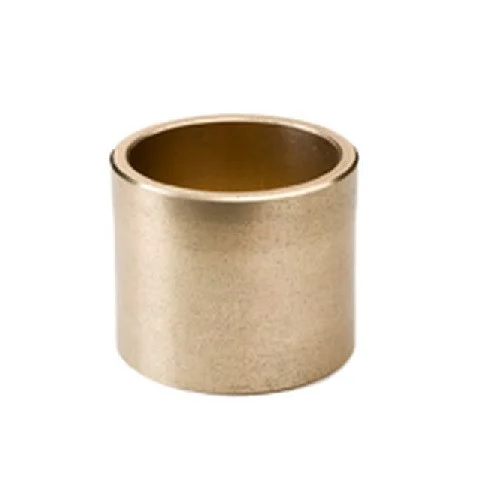Product Name: Light Commercial Bushes
Sizes, Applications, Alloys, Specifications, and FAQs
Introduction: Light commercial bushes are essential components used in various applications, known for their reliability and versatility in light-duty industrial settings. Whether you’re a manufacturer, engineer, or simply curious about these crucial components, this comprehensive guide will provide you with all the information you need. In this article, we will explore the manufacturing process, applications, light commercial bush alloys, specifications, technical data, and frequently asked questions about light commercial bushes.
Manufacturing Process: Light commercial bushes are typically manufactured using processes like machining, casting, or forging, depending on the material and the specific requirements of the application. These methods result in components that are durable and reliable in light-duty industrial settings.
Sizes: Light commercial bushes come in various sizes to fit different equipment and machinery. Common size ranges include inner diameters from 1/4 inch to 2 inches or more, outer diameters from 1/2 inch to 3 inches, and lengths from 1 inch to 4 inches or more. These sizes are designed to accommodate various light-duty industrial components, including bearings, shafts, and linkages.
Applications: Light commercial bushes are used in a wide range of light-duty industrial applications, providing support and wear resistance. Some common applications include:
- Agricultural Machinery: Used in farm equipment such as small tractors and plows to ensure reliability during farming operations.
- Material Handling Equipment: Employed in conveyors, small forklifts, and packaging machines to handle light loads in warehouses and manufacturing facilities.
- Pumps and Compressors: Found in light-duty pumps and compressors to reduce friction and wear in these applications.
- Conveyor Systems: Utilized in small-scale conveyor systems to ensure smooth material handling.
- Power Tools: Essential components in various hand-held power tools to ensure their reliability and durability.
Alloys: Light commercial bushes are typically made from materials like bronze, brass, or synthetic materials. The choice of alloy depends on factors like load-bearing capacity, wear resistance, and the specific application.
Specifications: Light commercial bushes must meet industry standards and specifications to ensure their performance and durability in light-duty industrial applications. These standards may vary depending on the type of bush and its intended use.
Technical Data Sheet: For detailed technical information, consult the manufacturer’s technical data sheet for the specific light commercial bush alloy and type you intend to use. These sheets provide insights into mechanical properties, chemical composition, and more.
FAQs:
Q1. How often should light commercial bushes be replaced in equipment? A1. The replacement frequency of light commercial bushes depends on factors like equipment usage, load, and maintenance practices. Regular inspections and proper lubrication can help extend their lifespan.
Q2. Can I replace light commercial bushes myself, or should I seek professional help? A2. Replacing light commercial bushes often requires technical expertise and access to proper tools. While some experienced individuals may attempt it, it is generally recommended to have a professional technician or engineer perform the replacement to ensure safety and proper functionality.
Q3. What are the signs of worn-out light commercial bushes? A3. Signs of worn-out light commercial bushes include increased friction, noise during equipment operation, reduced stability, and uneven wear patterns.
Q4. How do I choose the right light commercial bush for a specific application? A4. The choice of light commercial bush depends on factors such as equipment type, load-bearing requirements, and operating conditions. Consulting with a materials engineer or the manufacturer can help you select the best bush for your specific needs.
In conclusion, light commercial bushes are vital components that provide reliability and versatility in light-duty industrial settings. Whether you’re a manufacturer, engineer, or someone interested in understanding these essential components, this guide equips you with the information needed to make informed decisions about their selection and use.


